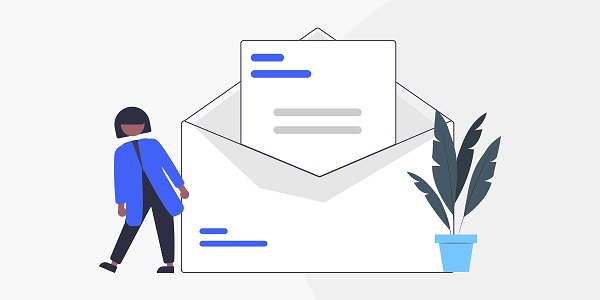Download for your Windows

This article compares the core functions and technical differences of mainstream Google Maps data scraping tools, and analyzes the key role of proxy IP in anti-crawling scenarios. IP2world provides dynamic residential proxies and static ISP proxies to provide underlying support for efficient crawlers.
What is Google Maps Scraper?
Google Maps Scraper is a type of software or script used to automatically extract business information (such as name, address, rating, and comments) from maps. The core challenge is to bypass Google's anti-crawling mechanism while maintaining the stability and accuracy of data collection. IP2world's dynamic residential proxy can provide basic network support for crawler tools by simulating real user IP behavior.
What are the core features of Google Maps Scraper?
Mainstream tools usually include three modules:
Anti-crawl technology: Avoid detection by randomizing request headers, simulating mouse movement trajectories, controlling access frequency, etc. Some tools integrate automatic verification code recognition function.
Data parsing engine: extracts merchant information from structured pages and supports exporting to CSV, Excel or API interface.
Proxy IP Management: With a built-in IP rotation system, IP2world's S5 proxy is often integrated into enterprise-level crawler tools due to its high anonymity and low latency.
How to deal with Google's anti-crawling mechanism?
Google adopts a multi-layered defense strategy, including but not limited to:
IP reputation score: Continuous high-frequency access will trigger IP blocking, which can be effectively alleviated by dynamic residential proxies rotating through the global residential IP pool.
Behavioral fingerprint analysis: monitors parameters such as mouse movement speed and page dwell time. The tool needs to simulate human operation intervals.
Canvas fingerprint detection: Some tools use WebGL rendering interference technology, while IP2world's exclusive data center proxy can be bound to a fixed IP to avoid sudden changes in the environment.
What is the difference between free tools and commercial solutions?
Open source tools (such as Python's Scrapy framework) are suitable for custom development by technical teams, but they need to build their own anti-crawling system, which is time-consuming. Commercial tools (such as Octoparse and Bright Data) provide visual operation interfaces and cloud collection services, and are usually priced in the range of US$100-500 per month.
For enterprises that require long-term stable operation, IP2world's static ISP proxy can provide fixed IP addresses to avoid the risk of data loss caused by frequent IP changes. It is especially suitable for scenarios that require continuous monitoring of competitor prices or merchant information.
How does data scraping balance efficiency and legality?
Although technical means can be used to break through anti-crawling restrictions, it is necessary to comply with the Robots protocol and data privacy regulations of the target website. The following measures are recommended:
Control request frequency within 1-2 times per second
Prioritize the collection of publicly visible, non-sensitive information
Use IP2world's unlimited servers to achieve flexible scheduling of IP resources and avoid excessive consumption of a single IP
Conclusion
Choosing a Google Maps Scraper requires a comprehensive assessment of data size, technical barriers, and compliance risks, and stable proxy IP resources are the core element to ensure the success rate of crawling.
As a professional proxy IP service provider, IP2world provides a variety of high-quality proxy IP products, including dynamic residential proxy, static ISP proxy, exclusive data center proxy, S5 proxy and unlimited servers, suitable for a variety of application scenarios. If you are looking for a reliable proxy IP service, welcome to visit IP2world official website for more details.